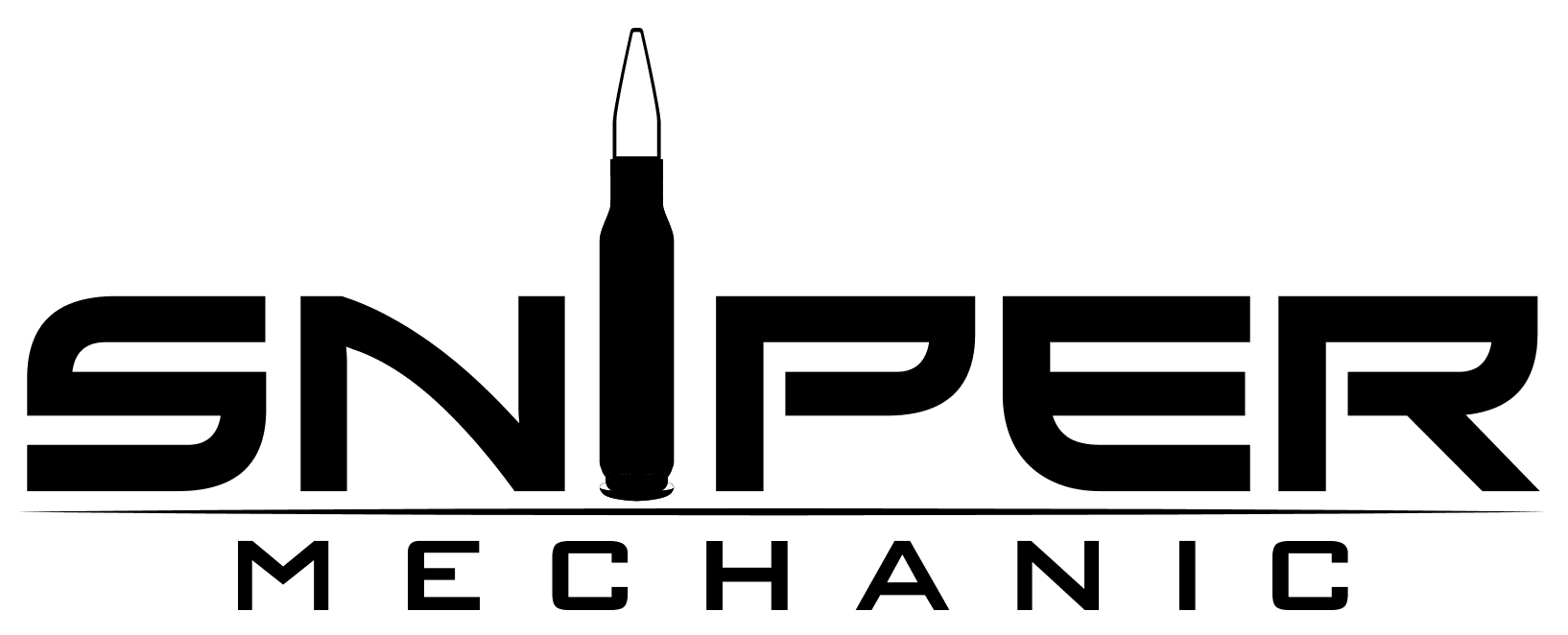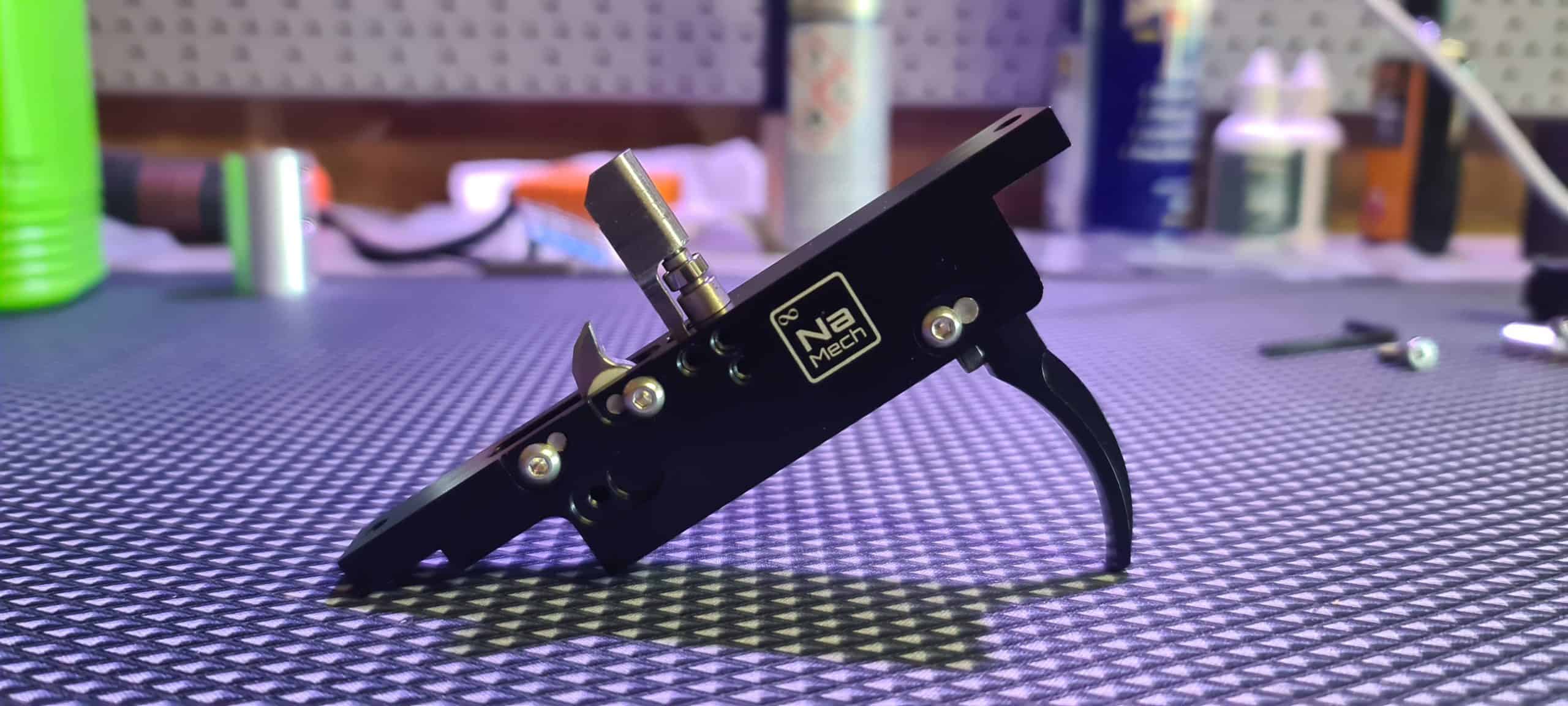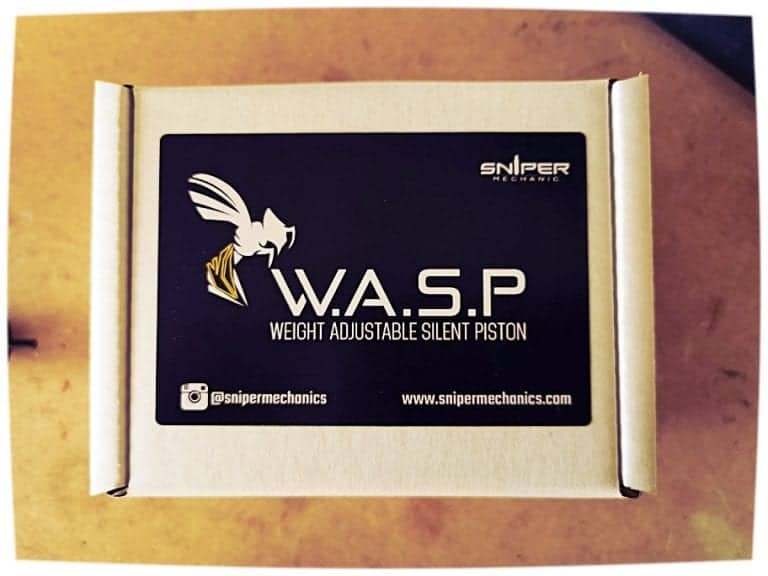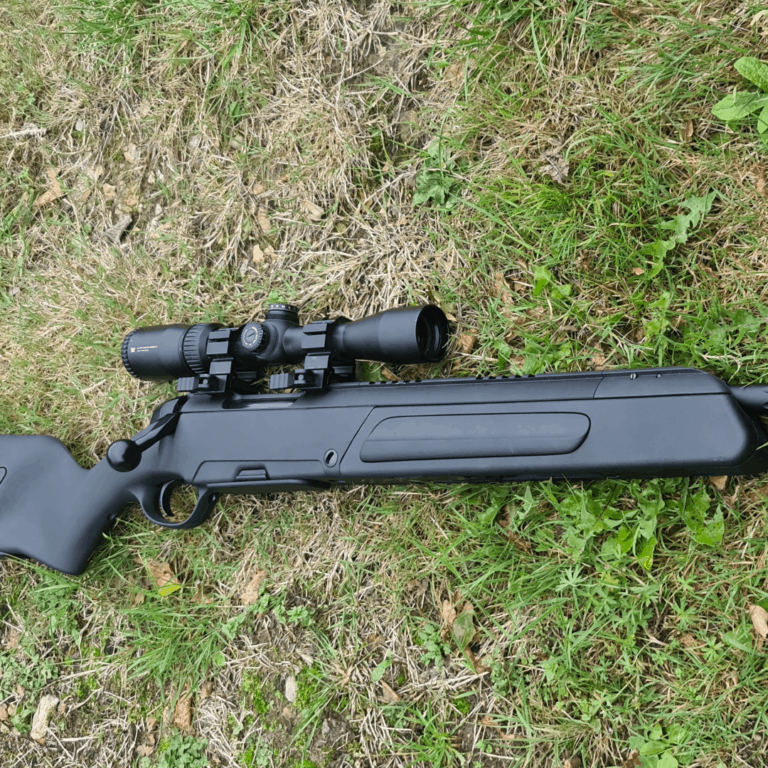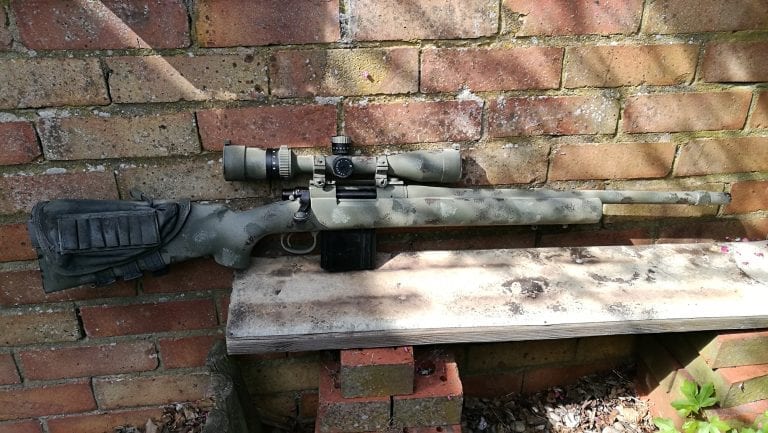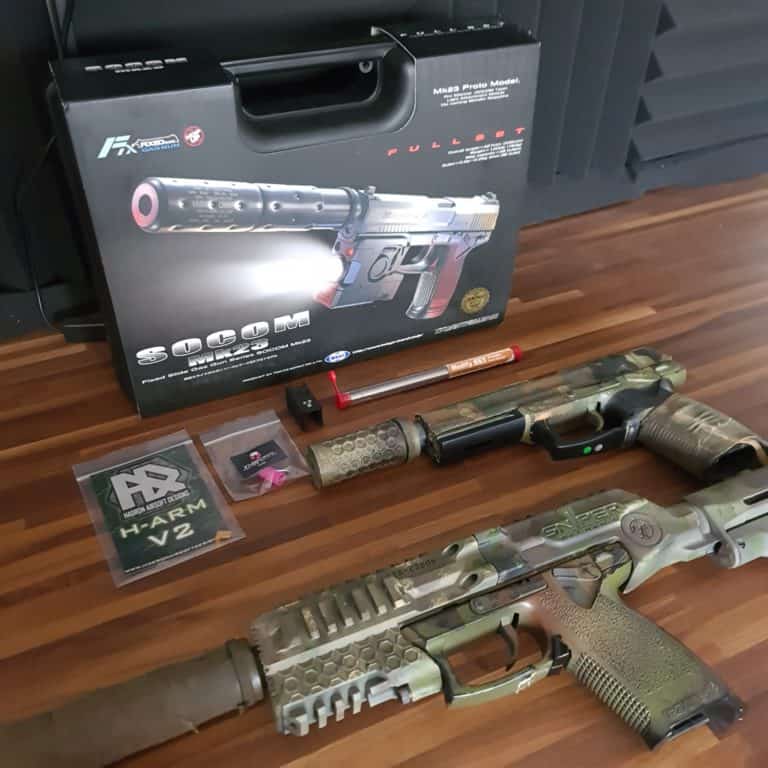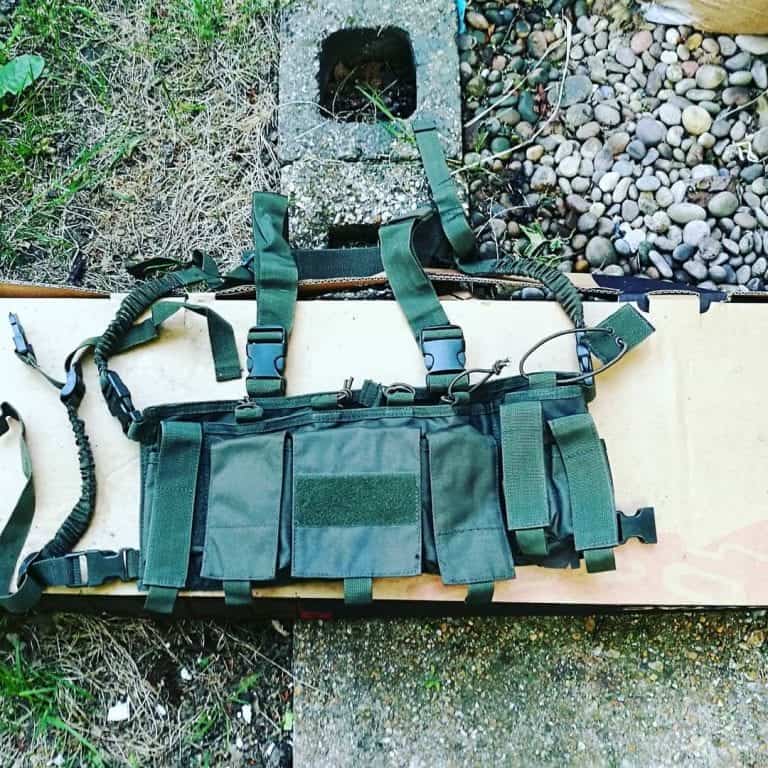NAMECH FLUX TRIGGER REVIEW
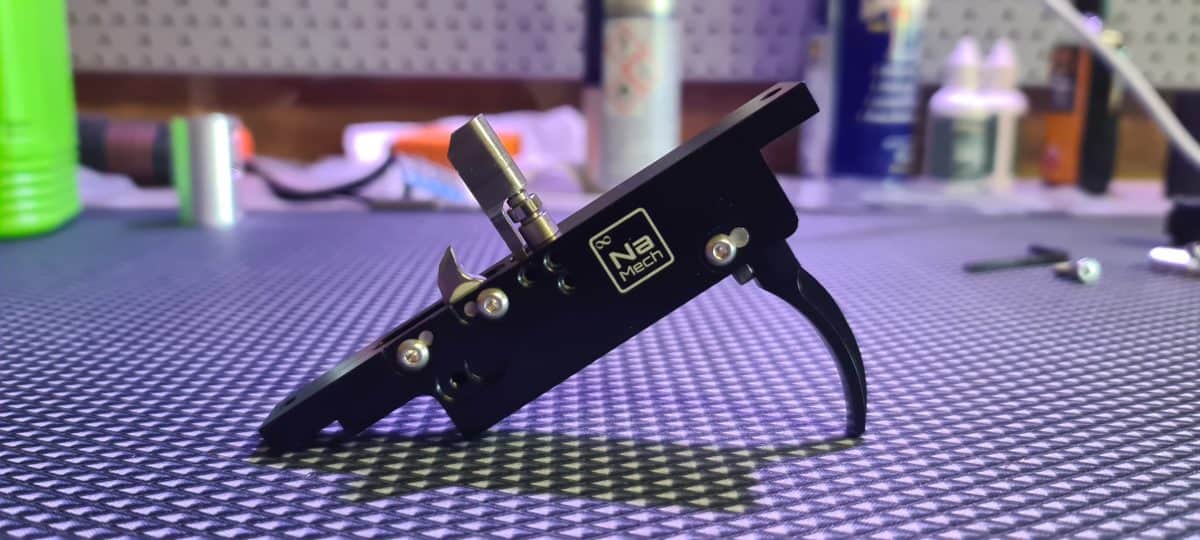
Firstly I wanted to share a bit of info about Namech who’ve kindly provided the below except:
“I attempted to build my first VSR rifle 9 years ago. In search of the elusive 100 meter shot, I purchased all of the most expensive, “premium” parts I could find. Every time I would get close to my goal, something would reliably fail.
Since then, numerous smaller time makers have come out with their own upgrade parts to improve the consistency and reliability of the VSR system. The past few years have been genuinely inspiring, with all sorts of crazy innovation coming forth from every corner of the globe. From weighted pistons, to cnc-made tdc mods, to entire single piece receivers, I don’t think there’s ever never been a better time to build a rifle.
I’ve managed to precisely fine tune every part of my rifle but one: the trigger mechanism. I’ve never managed a build that didn’t have some sort of issue in trigger, though I’ve tried nearly every commercially available system around. The internal springs would either always break, or the cylinder would inevitably get so scratchy that it would become borderline destructive. About one year ago, after trying everything I could find, I decided I was done looking for someone else to fix my rifle. I would make my own solution
Right around this time, I graduated with a degree in mechanical engineering, and began to work for the largest German automation engineering company. I learned about CAD, mechanical engineering, and simulation, and found I finally had all of the skills I would need to complete the trigger.
I’ve since spent the last year meticulously crafting the piece, as well as collaborating with various other airsoft makers to ensure it meets their standard of quality. I’ve had daily communications with Tridos, Masada, and Airsoft Artistry, as well as sent test units for feedback to various people. This project, which once was just a plan to make my rifle a bit more reliable, has since snowballed into a huge group effort to develop something truly unique.
I hope to create something that can help future airsoft snipers avoid the headache and frustration I’ve felt over the years by making a part that will never fail them. That will allow them to focus on what they’re really trying to do, consistently fling plastic at other grown men for fun.
Background that more specifically describes the story behind this triggers conception: https://www.airsoftsniperforum.com/threads/vsr-ssg10-magnetic-bearing-flux-trigger-update.67910/ “
So let me start by saying I was sent the trigger for free to test, I simply covered the postage. However as with everything I review and test, it’ll be my personal opinion and experience whether it’s good or bad. I have no financial stake in the product or affiliation.
That being said, I am always incredibly grateful to receiver products, especially from other small designers as I know full well how much the costs are when it comes to these things.
I first time saw a trigger that used a form of magnets was the Noobies M-Trigger from a few years back, from memory it was the first VSR Trigger of it’s kind and it kind of went under the radar compared to other triggers such as LayLax, Action Army and Springer Custom Works etc.
The NaMech Flux Trigger takes on the theory behind the M-Trigger and expands on it with a host of other features and potentially being much more commercially available.
NaMech Flux Trigger Features:
As this trigger was a prototype for testing, it didn’t come in any fancy packaging, but I expect the release versions will.
What I got was the trigger itself, a pair of M3 screws (for normal receivers) and a pair of M4 screws for the SSG10.
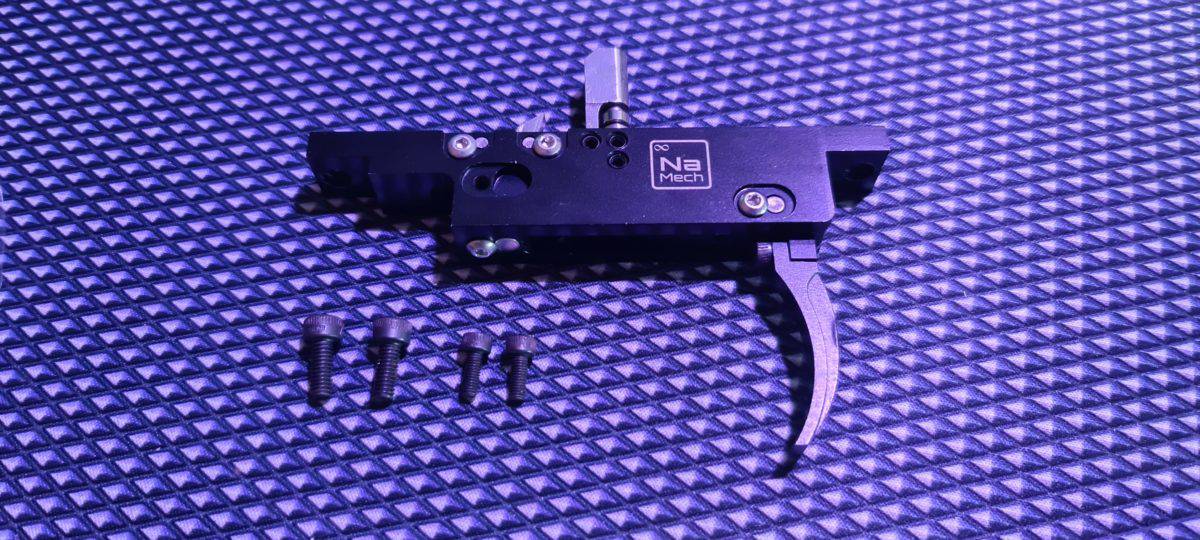
Listed Features from NaMech:
Magnetic action
There are no springs in the trigger. All motion is powered by magnets. This promises much greater reliability by completely eliminating the most common point of failure in most triggers.
Roller-bearings
Roller bearings are placed anywhere metal on metal contact would occur (the sear and trigger interface, as well as the stopper and cylinder interface). This ensures neither of these parts will ever wear down, and promises smoother action and greater reliability for the lifetime of the product. That said, because of their unique implementation, the trigger break should still feel extremely crisp and precise.
Materials
The body is made from 7076-T6 aluminum, and the sear and stopper are made from steel. These are extremely strong, probably overkill, materials that should not break under really any circumstances. I’ve tested up to a 5J spring, but I think they should be good well past that.
The trigger has a unique stepped mounting hole system that allows it to be confidently secured to rifle bodies that use both m4 and m3 screws. That means it can be used in both the VSR and SSG-10 systems just by changing two screws. That also means it’s compatible with both the new and JG Bar-10.
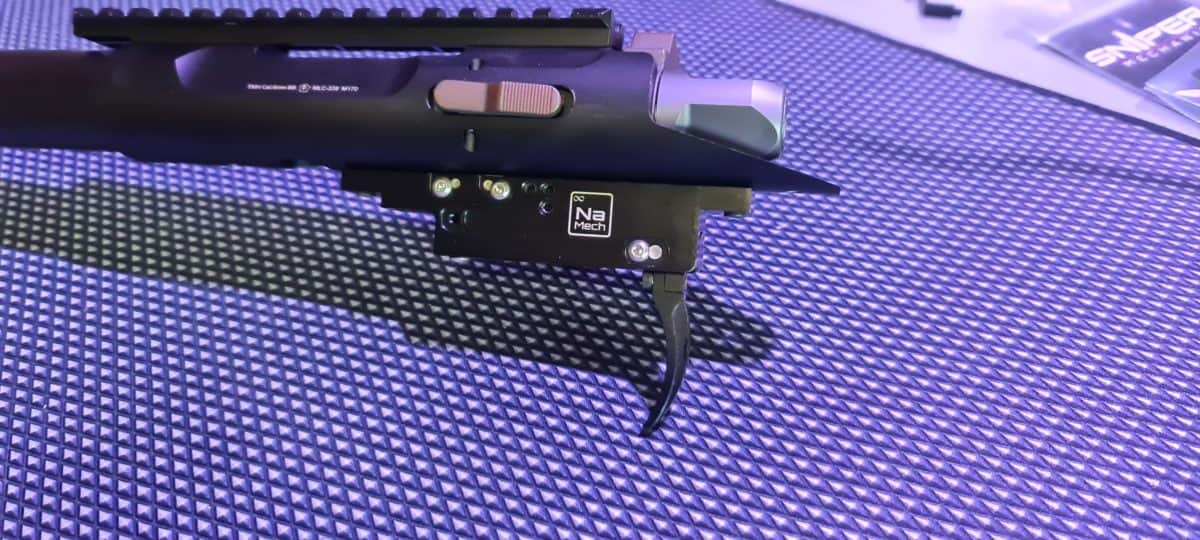
The trigger weight can be adjusted from very heavy pull, all the way down to a feather weight pull.
Back to my thoughts:
The main feature of the NaMech Trigger is the fact it uses no springs in it’s construction, it relies purely on small but powerful magnets for the sear. Additionally it has a removable trigger blade so you can change it out for different versions, I only got the standard one for testing but there will be more available upon release. This is a nice little touch as everyone loves to change their builds even down to things like the trigger.
Another feature is the use of a roller bearing on the Trigger sear which helps give the trigger a very smooth release.
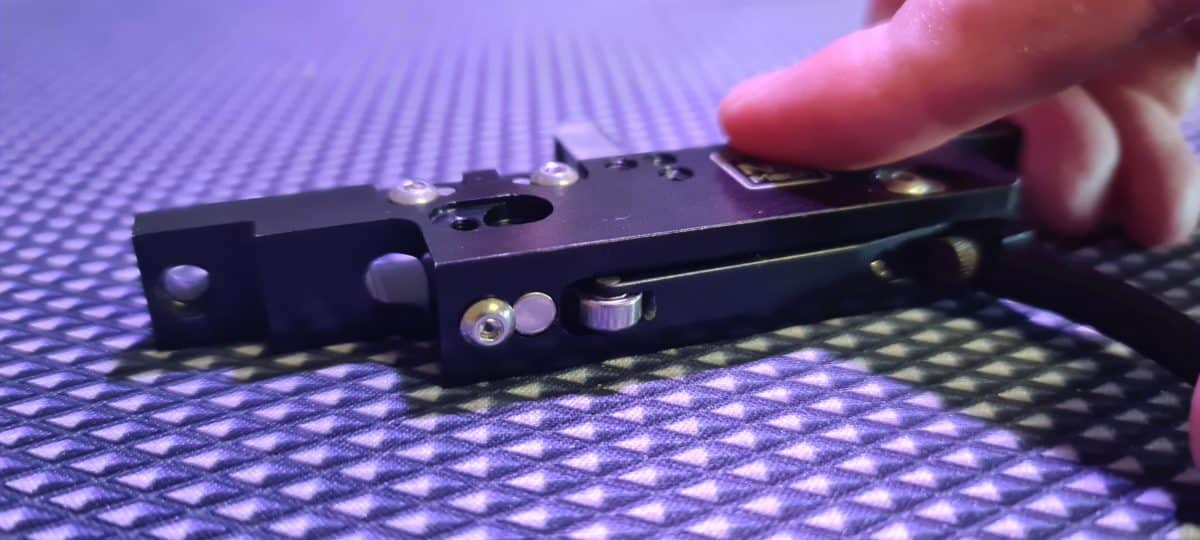
Probably the most standout feature beside the magnets is the use of bearings on the spring guide stopper itself. This is something I’ve seen done on custom builds, either by way of metal bearings or a derlin sleeve. The thinking behind this is it will remove the metal grinding sound you get and additional friction when you cock the rifle, due to the tolerances and design of the VSR style platform, the cylinder is rarely ever pulled back at the correct angle which causes this grinding issue.
By having these bearings it allows whichever part of the cylinder cutout to come into contact with it and then the bearing itself moves so there isn’t 2 static faces rubbing together.
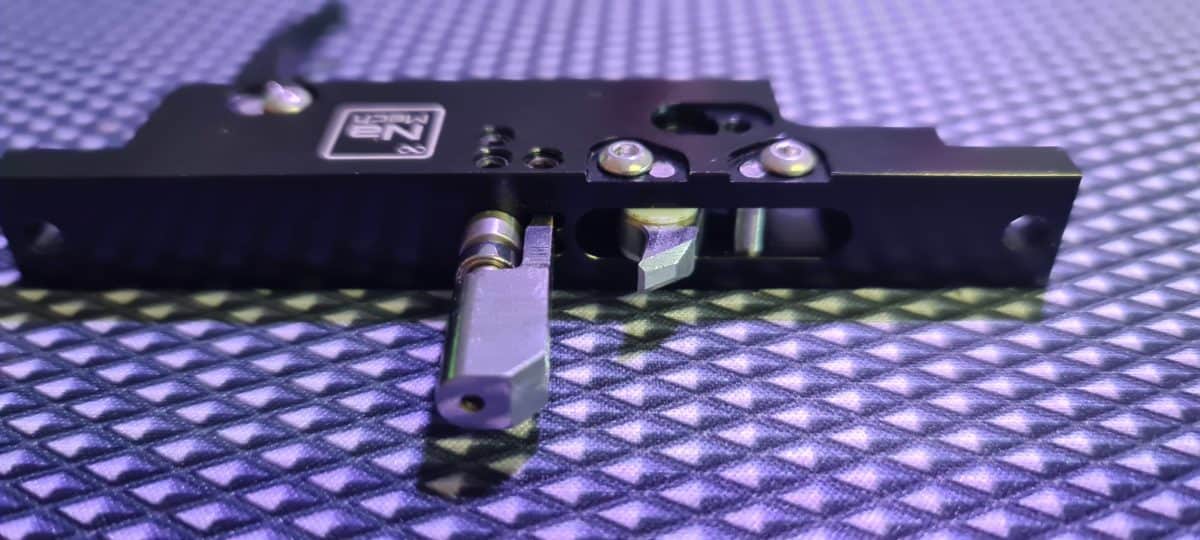
It’s a nice feature and does feel good, but………….only if you’ve got a good cutout on the cylinder you have, otherwise the grinding sound is very prominent, which isn’t an issue with the trigger itself but certainly something to be mindful off.
Whether you’re using a trigger like this or not, it is always advisable to remove any burrs and sharp edges from the bottom cylinder cut out, as it does cause premature wear and allow debris into the cylinder.
One thing I’m not a huge fan of is the fact the spring guide stopper isn’t removable from the bottom like other triggers, as it means you have to remove the whole trigger from the receiver, which isn’t something I’m a fan of doing with the quality of metals used for receivers. However this is really just a personal thing and certainly nothing against the NaMech trigger itself.
Compatibility of the Flux Trigger:
So speaking with NaMech, he advises the trigger should be compatible with all VSR/SSG10 receivers and as mentioned above, it comes with a few design features which allow the use of both M3 and M4 threads, (Normal VSR and SSG10 essentially).
In terms of piston/spring guide compatibility, I’ve used the trigger with a number of cylinders including ML, AA and Laylax, all without issue. The only comment I would make is that some fo the bottom cutouts on the cylinders, especially the SSG10 are very roughly cut and could do with a bit of sanding, otherwise they can make a grinding sound when they make contact with the bearings on the trigger.
Piston wise, I’ve used the wasp, ML 90 degree and a standard 90 degree AA piston and not ran into any issues, spring guide wise I’ve only been using my own and I’ve not had any issues with cocking, fitment or the sears catching/releasing.
I’ve tested this trigger on my stock Cyma CM701 receiver, SSG-10 and a ML receiver, all with no issues. The only change being on the SSG10, I used the provided M4 screws. All images shown below:
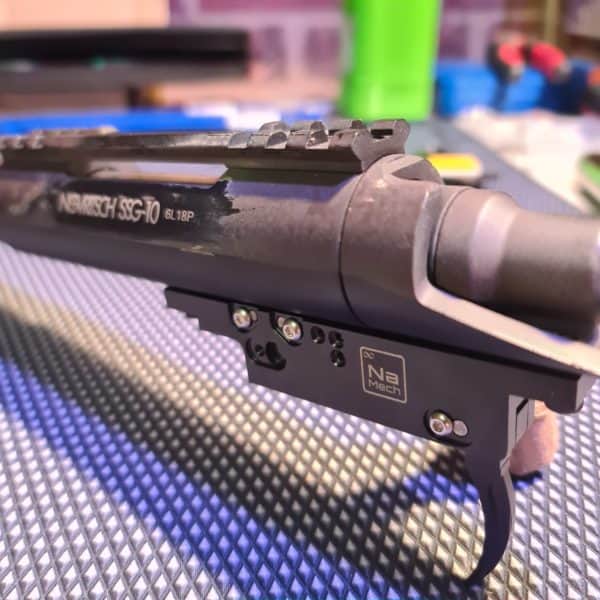
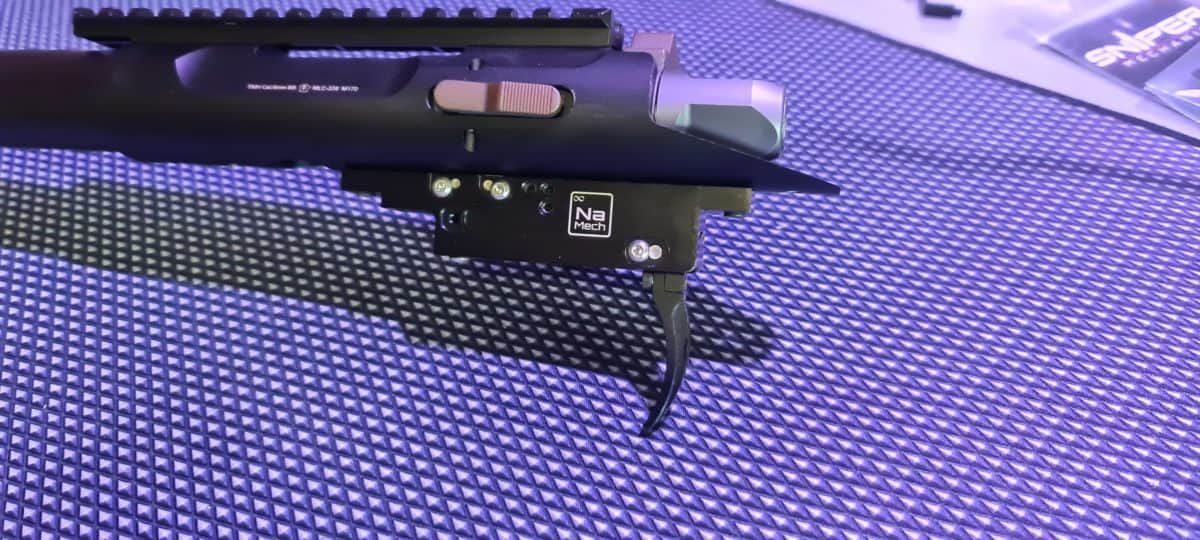
Flux Trigger Final Thoughts:
Having had the NaMech Flux Trigger for several weeks now, I do like it and it’s a trigger I’d recommend to people. The sale price will be $125 but I’m unsure what it’s availability/pricing is going to be like outside the US, but if it comes in at a comparable price to some of the other high end triggers, it could be a new trigger to add to the recommendations list.
It is worth pointing out that the version I have isn’t a release version, I’ve been advised the release version has a few minor tweaks which address some of the comments I’ve made above based on what I had in front of me. I know one of these changes is the way the trigger blade is attached.
Performance wise it didn’t give any improvements over other triggers I have in terms of power or consistency, though it is quieter than the stock SSG10 trigger in mine at least. However in terms of how it feels to both rack the bolt and pull the trigger, it does feel nicer than some of the other triggers on the market.
Due to how the Flux Trigger is designed with the sear and spring guide stopper assembly being slightly pushed forward vs other triggers, you can lose a small amount of FPS.
Video review is below:
